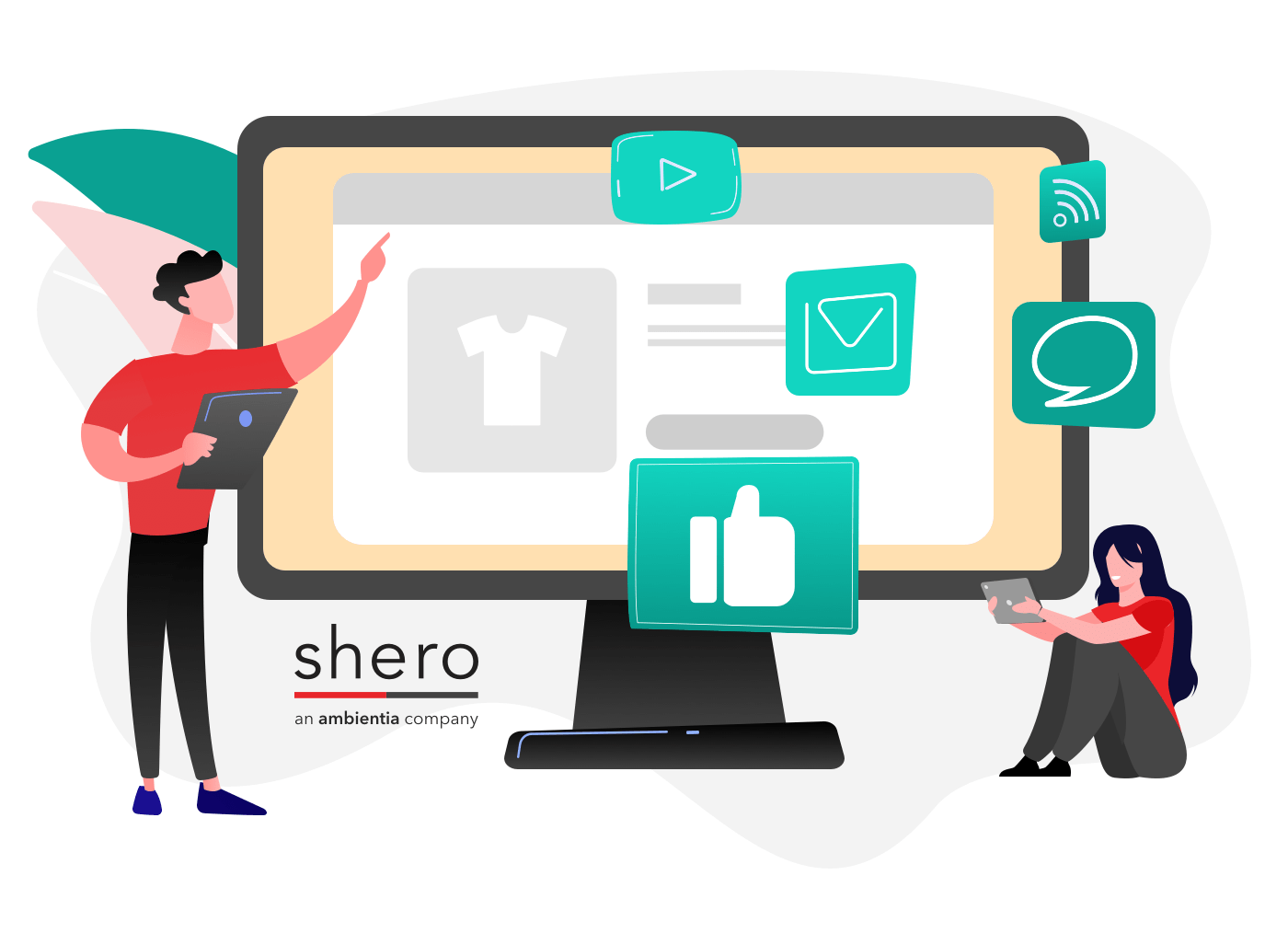We live in a world chock full of digital noise. Print ads in newspapers and magazines, billboards, and radio and tv spots are, in many ways, the previous generation’s annoyances. Now we have Twitter feeds, Facebook walls, Instagram albums and favorite Pinterest boards all saying, “Look at me now!” And each of those channels has been invaded by advertising. Social media is no longer just a great way to keep up friends and family; it’s a platform for fake news about celebrities and snake-oil products promising to cure what ails us. Cleverly worded emails mind trick us into opening them, digital display advertising creepily stalks us through our browsing sessions, and push notifications continue to haunt us even after we’ve closed that session down.
Users have developed a partial immunity to this constant barrage of signals begging for our attention. The more noise that invades the space, the harder it is for marketers to cut through and get a genuine message across in an effective way. Right now, nowhere is this digital noise greater than in email. Some people seek email zen through inbox zero, but those of us in the less-enlightened mass struggle just to separate the important messages from the background noise.
The Digital Doorman: Great for Users, Bad for Marketers
Email clients got wise to this struggle and introduced a new feature I call the digital doorman. It’s like spam filtering logic applied to non-spam email. If you’re one of the many people like me, you use Google’s Gmail for your personal or business email. Back in 2013, Gmail rolled out a series of buckets they call “Categories” inside their email interface (video overview). Default categories include Primary, Social, Promotions, Updates and Forums, but you can add more if you like.
When this feature was introduced, suddenly Social and Promotions began to eat a huge amount of my email traffic and kept it out of my way by sequestering it. Gmail gave me a digital doorman—an email bouncer—to usher emails I’m less likely to find important into separate buckets that I can refer to later. Even better, I didn’t have to do anything. This is great for me, but bad for email marketers everywhere, because unless I’m shopping online and need to mine my correspondence for a coupon, I almost never refer to these sequestered emails later.
The Solution: Personalized Marketing
What are email marketers to do? One simple tactic is personalizing the subject line. Emails are 26% more likely to be opened if the subject line includes the recipient’s name. It’s just basic psychology; people love hearing their own name or seeing it in print. But what if that email is still stopped by the digital doorman?
The best way to combat this is to recognize that email is not the digital marketing channel it once was, and to meet your customers where they are by diversifying your marketing efforts into a range of personalized marketing. Personalization means giving people a customized shopping experience based on their interests, buying behavior, demographics and other information you may know about them. Ads, apps, chats, calls to action (CTAs), product recommendations, and other digital content can all be personalized to target specific users or user groups and drive customer engagement.
Personalized content is an investment. Understanding your target markets well enough to provide reliably interesting content requires research, data, time, and thought. But the payoff is worth the investment. If you consistently and accurately provide content your target audience appreciates, you build trust. They begin to look for your emails, ads, or social media posts, because they know it will provide something they’re interested in. In this way, buyers become repeat buyers, and then loyal fans and followers.
Quite simply, personalization is one of the most powerful tools digital retailers and marketers have to combat ad blindness and cut through the digital marketing noise. It’s more than appreciated; it’s becoming expected. A survey by Experian found that 86% percent of brands are using some kind of personalization to build customer trust and loyalty. If content personalization isn’t something you’re investing in yet, you are ceding ground to the competition who is. Technology will keep progressing, and new email tools or clever filtering devices will continue to evolve. But brand trust will always cut through background noise, and if you cultivate it, the loyalty of faithful fans will be an asset you can rely on.




